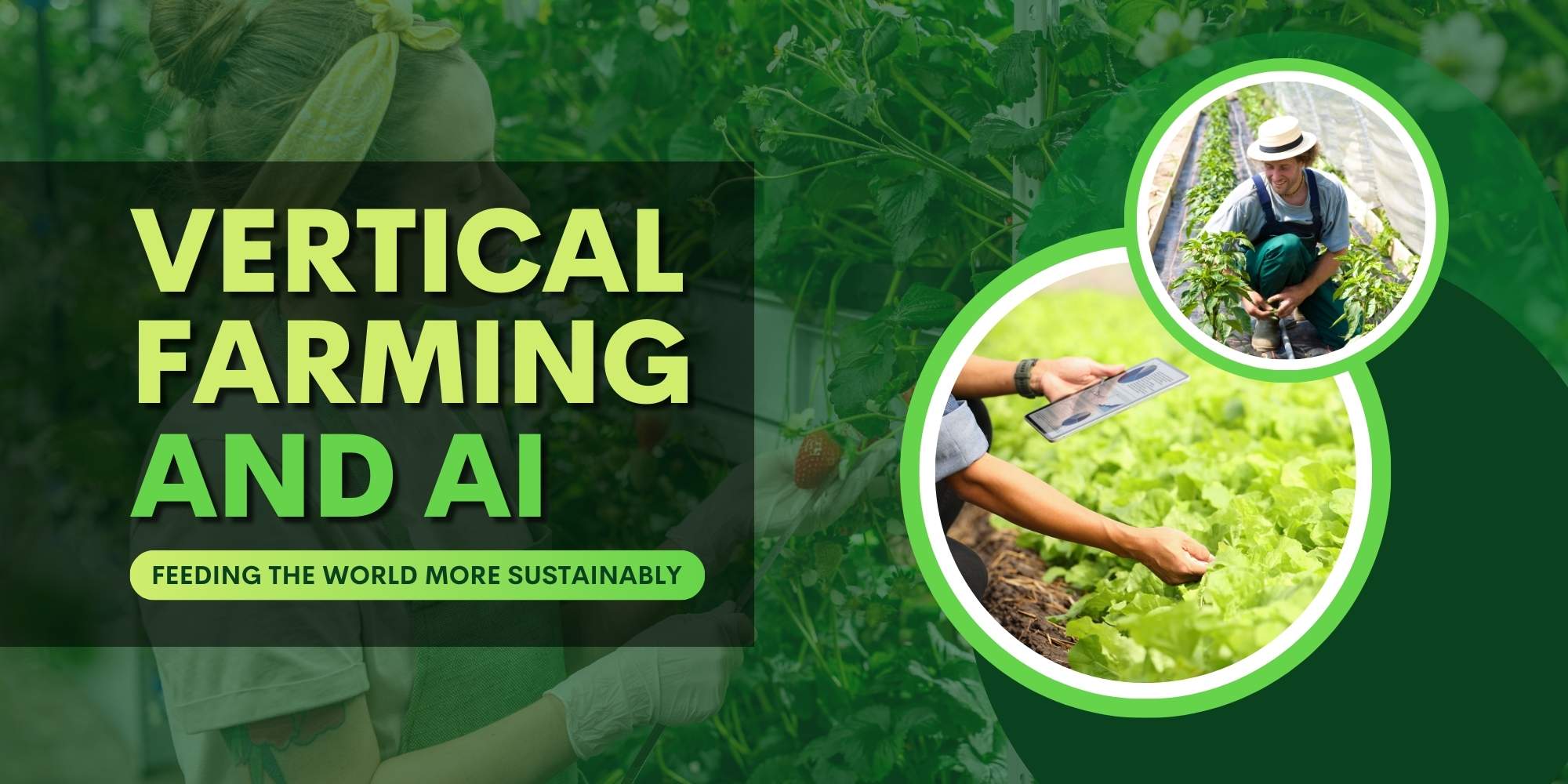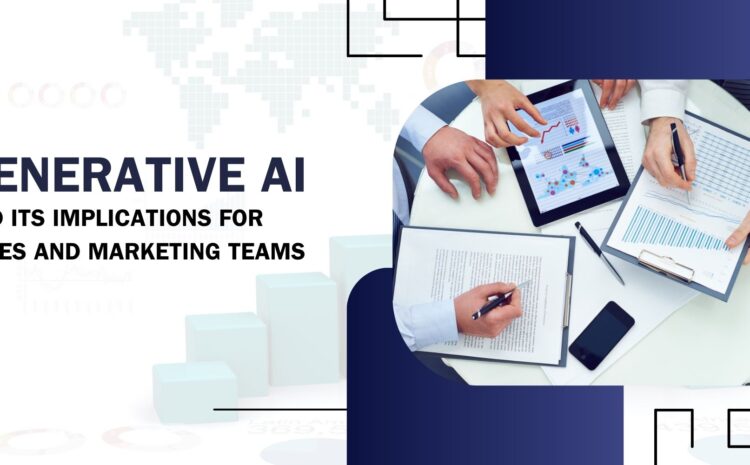Welcome back, everyone! Grab your favorite drink and a blanket, and get cozy. This week, we’re exploring an innovative fusion of technology and agriculture that’s poised to revolutionize food production: the integration of Artificial Intelligence (AI) in Vertical Farming. As global populations rise and arable land diminishes, could this be the sustainable solution we’ve been searching for? Let’s start by answering the burning question we’re sure you all have.
If you’re short on time, a summary awaits you at the end!
What is Vertical Farming?
Vertical farming involves cultivating crops in stacked layers or vertically inclined surfaces, often within controlled indoor environments. This method allows for year-round production, independent of traditional farming constraints like weather and soil quality. By utilizing hydroponics, aeroponics, or aquaponics, vertical farms can efficiently manage resources such as water and nutrients.
The Role of AI in Vertical Farming
Integrating AI into vertical farming transforms these systems into intelligent, adaptive environments. Here’s how AI contributes:
Optimizing Resource Use
AI algorithms analyze data from sensors to regulate water, light, and nutrients precisely, ensuring optimal growth conditions while minimizing waste.
Enhancing Crop Monitoring
Computer vision systems powered by AI detect early signs of disease or stress in plants, enabling prompt interventions that can prevent crop loss.
Automating Labor-Intensive Tasks
Robotics integrated with AI handle planting, harvesting, and packaging, reducing reliance on manual labor and increasing efficiency.
Predictive Analytics
Machine learning models forecast crop yields and growth cycles, assisting farmers in planning and optimizing production schedules.
Real-World Applications
80 Acres Farms
This U.S.-based company utilizes AI and machine learning to monitor plant health and optimize growing conditions across multiple indoor farms, aiming to meet increasing food demands sustainably.
Bowery Farming
Operating indoor vertical farms, Bowery employs AI to manage thousands of crops simultaneously, tailoring environmental conditions to each plant’s needs and enhancing overall productivity.
Benefits of AI-Driven Vertical Farming
Sustainability
By reducing water usage, eliminating the need for pesticides, and decreasing transportation emissions through urban farming, this approach significantly lowers the environmental footprint of agriculture.
Scalability
AI enables vertical farms to scale operations efficiently, meeting the food demands of growing urban populations without requiring additional land.
Resilience
Controlled environments shield crops from adverse weather and climate change effects, ensuring consistent production.
Challenges and Considerations
While promising, AI-driven vertical farming faces challenges:
Energy Consumption
The high energy demand for lighting and climate control necessitates sustainable energy solutions to maintain overall environmental benefits.
High Initial Costs
The integration of advanced AI and automation technologies requires significant upfront investment, which can be a barrier for some farmers.
Technical Expertise
Effective operation of AI systems demands specialized knowledge, highlighting the need for training and education in this emerging field.
TL;DR: AI-powered vertical farming combines advanced technology with innovative agricultural practices to produce food more sustainably and efficiently. By optimizing resource use, enhancing crop monitoring, and automating tasks, this approach offers a viable solution to feeding the world’s growing population amid environmental challenges. However, addressing energy consumption, cost, and expertise barriers is crucial for its widespread adoption.
Hope you enjoyed this post! While you’re here, why not check out a few of our other pieces? We have several blog posts on HR, Cloud Technologies, Salesforce CRM, AI, Salesforce CPQ, Zoho, GreenTech Bitcoin, Cybersecurity, AWS, and many other topics we just know you’ll love. Browse the topics here!




